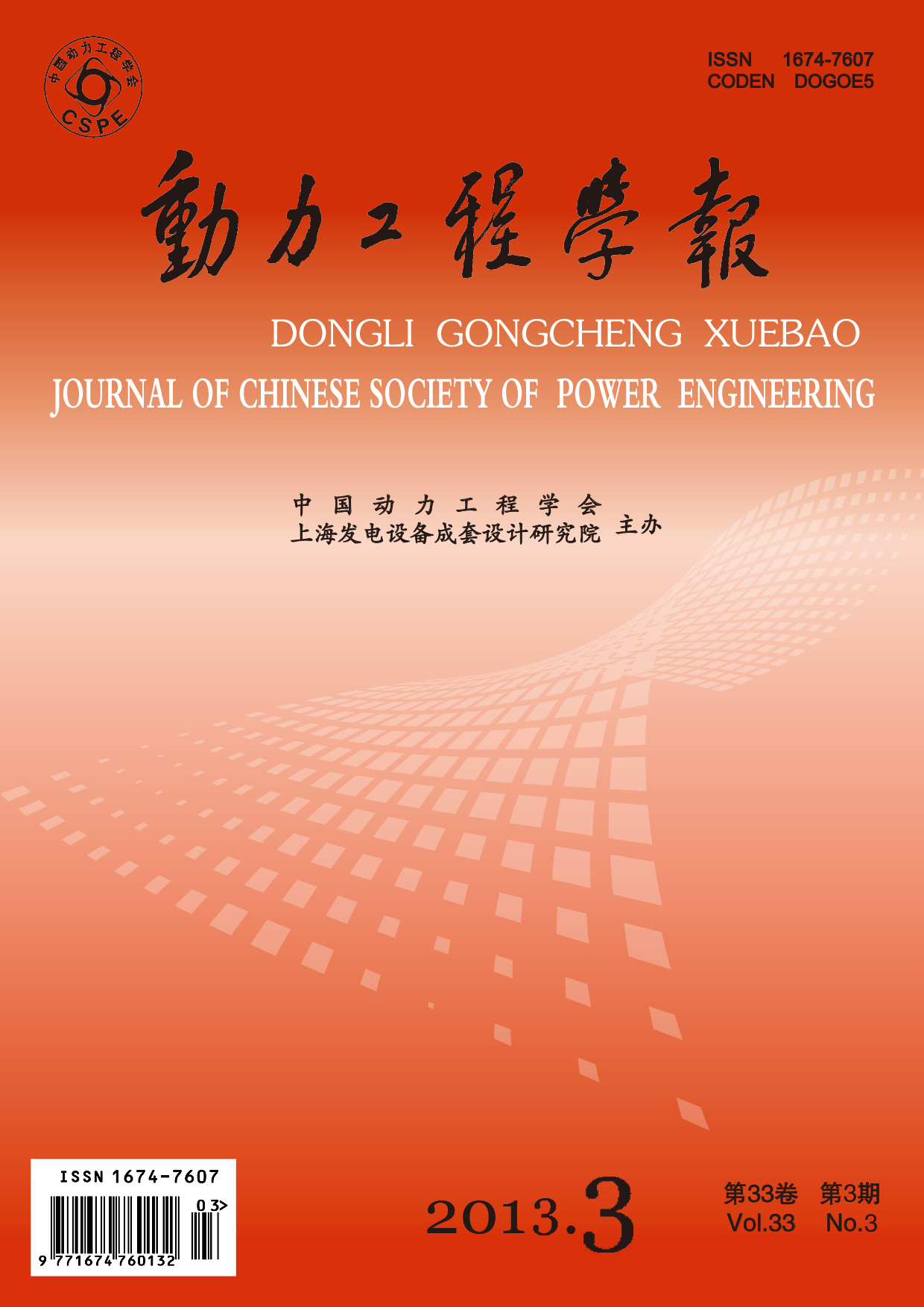Boiler Technology
LI De-bo, XU Qi-sheng, SHEN Yue-liang, ZHANG Rui, WEN Zhi-yong, LIU Ya-ming
2013, 33(3): 172-177.
The in-furnace flow field, temperature field, and the emission characteristics of CO2, CO, O2 and NO of a 220 t/h tangentially-fired boiler were studied under three different simulation conditions of air speed by Large Eddy Simulation (LES) method, of which the results were compared with actual experimental data. Results show that under the first simulation conditions, incomplete combustion may occur in the furnace, in which case, the outlet mass fraction of CO is the highest, while that of O2 is the lowest; whereas under other two simulation conditions, the results show relatively good consistency, indicating that with adequate air, the air speed will not influence much on the mass fraction of O2, CO and O2; when the excess air coefficient is relatively small or large, the outlet mass concentration of NO decreases; according to the simulation results, the maximum temperature in the furnace is 1 550 ℃ and the mean outlet temperature is 959 ℃, which are consistent with the experimental data, proving the simulation results to be accurate. With the increase of air speed and excess air coefficient, the mean in-furnace temperature and outlet temperature decrease. With the rise of air speed, both the tangential radius and the circle center do not change, but the maximum tangential air speed increases.
